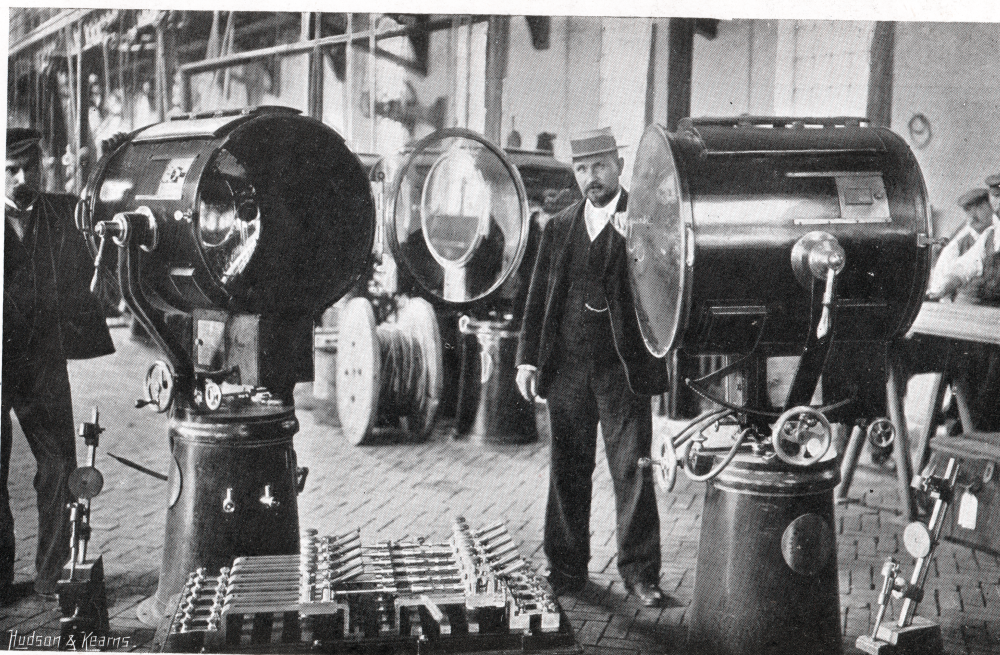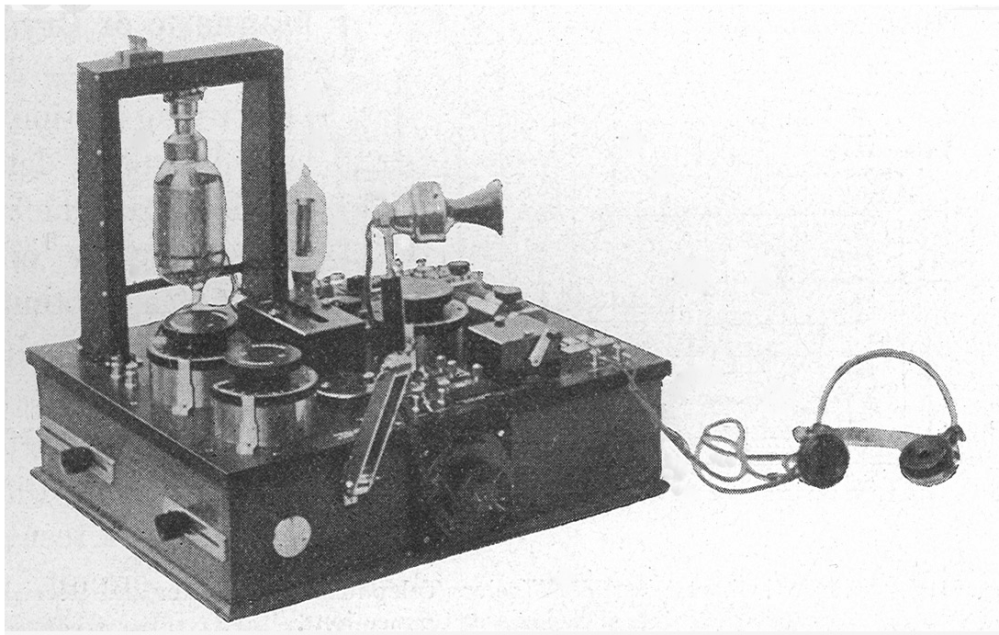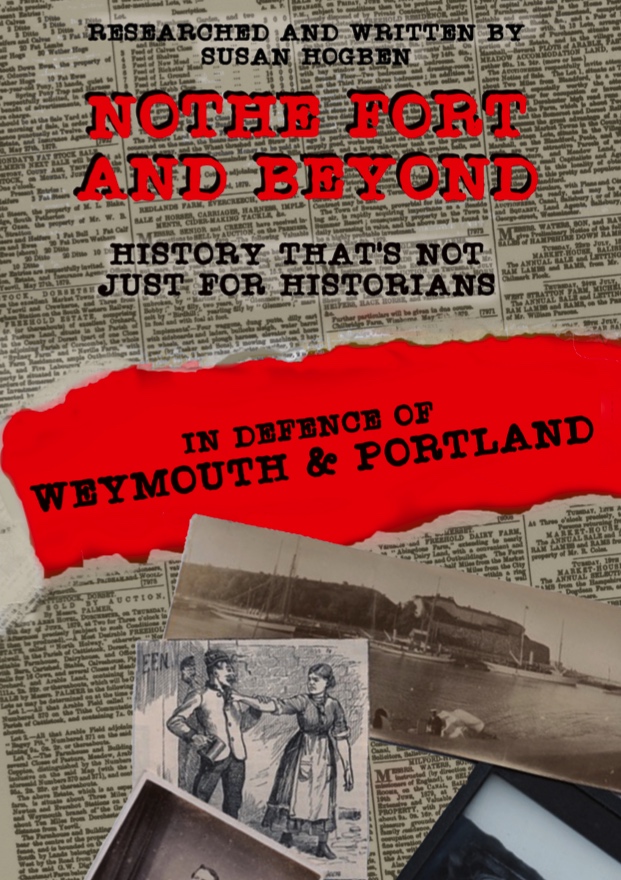Sometimes it’s odd where childhood memories pop up from.
I have a few as a small child of watching searchlight displays from Weymouth beach. I am almost sure that they had been based on the Nothe and maybe over towards White Nothe?
I recall watching as these powerful beams moved out across the waters of the bay and then that feeling of excitement…fear almost as their piecing light swung landwards and crept slowly along the shoreline ever closer to where we were sat.
It didn’t take much imagination to feel the apprehension any approaching foe would have experienced, praying desperately that those all-exposing rays wouldn’t pick out his vessel during their sweeps to and fro in their search for intruders.

Anyway, I digress, I was rummaging through the old newspapers looking for something completely different when I came across a few articles in 1934 about the Royal Engineers, or sappers as they are known, working upon the Nothe with their searchlights, (which of course, is what jogged those childhood memories.)
Searchlight display from battleships in Weymouth Bay and searchlight practise by the Royal Engineers at Weymouth Nothe attracted hundreds of sightseers, few of whom realised what is going on in the ships or at the Nothe to cast the great beams across the sky’
(Western Gazette 9th November 1934)
Soon after the impromptu night time illuminations, Major R M Dawes gave a talk at the Weymouth YMCA on the role of the Royal Engineers in defending our coast. He pointed out that one of their jobs was to man and maintain the powerful searchlights and that it took as much electricity to light a single searchlight as would be needed to illuminate a large village.
When Major Dawes gave his lecture in 1934 his talk would have described the sapper’s role at the Nothe Fort during WWI, little knowing that a mere five years later, they would be back in service defending our coast and ever more valuable because this time the war would be brought to our very shores.
When I dug a bit deeper into the history of these searchlights I recalled that I had already written a piece about them in my manuscript for book II of Nothe Fort and Beyond…
‘Other arrivals on the Nothe in August of that year (1912) was the Dorset Fortress Light Company Royal Engineers. These soldiers specialise in the skills of installation and maintenance of electricity, communications and searchlights.
The Nothe Fort possessed two powerful lights, their brilliant beams raking the waters of the bay during the hours of darkness.
This small but specialised division (137 men in total including officers) been set up in 1908 to concentrate on those skills necessary to maintain the coastal fortifications.
The 1909 Territorial Year Book showed the nearby Sidney Hall was listed as the headquarters of the no 1 Electric Light Company Dorset Fortress RE.

The Sidney Groves Memorial Hall stood down on the North Quay and over the years was used by numerous sections of the military.
The Year Book of 1909 revealed that ‘the building includes a drill hall for the church Lads’ Brigade, 102 feet long by 60 feet wide, officers rooms, reading room, library, caretaker’s house & c.; at the west end of the main building are the head quarters of the Dorset (Fortress) Electric Light Co. (Royal Engineers), including officers’ and sergeants’ rooms, armoury & c.’
The Sidney Hall would also become a military hospital during WWI (and again during WWII) but for now it was where the early 20th century sappers congregated at the start of their fortnights training.
Once the men of the Royal Engineers Corps were all present and correct, had gathered their equipment together and loaded it onto the waiting wagons, they formed into ranks. Led out of the hall by the rousing drum beats of the military band the soldiers marched along the harbourside and up onto the Nothe, where they settled into their tented accommodation for that fortnight.

Their Corps was divided into three working sections.
The electricians who attended lectures on the principles of electricity, dynamos, circuit tracing and light running.

The engine drivers who were trained in the theory and practical work of mastering and maintaining the running of the Hornsby Ackroyd engines that they used.

Last but not least were the telephonists, communication was vital for any fighting force, this had moved on in leaps and bounds from the Victorian era.

These men were taught the skills of receiving and sending messages and the vital testing and repairing of any faults in the cables laid either on our shores or on the battlefields.
Once again the Royal Engineers found themselves at the forefront of emerging technology.’
The Engineers of course payed a major role in construction of the Nothe Fort itself during the latter part of the 19th century, but that’s for another post…
************************************************************************************
Book 1 is now available from the Nothe Fort shop and Weymouth museum.
Or on Amazon at £9.99
